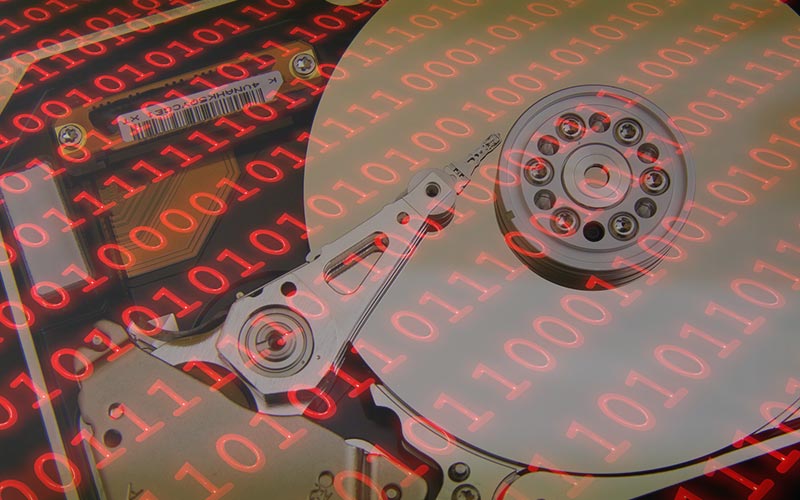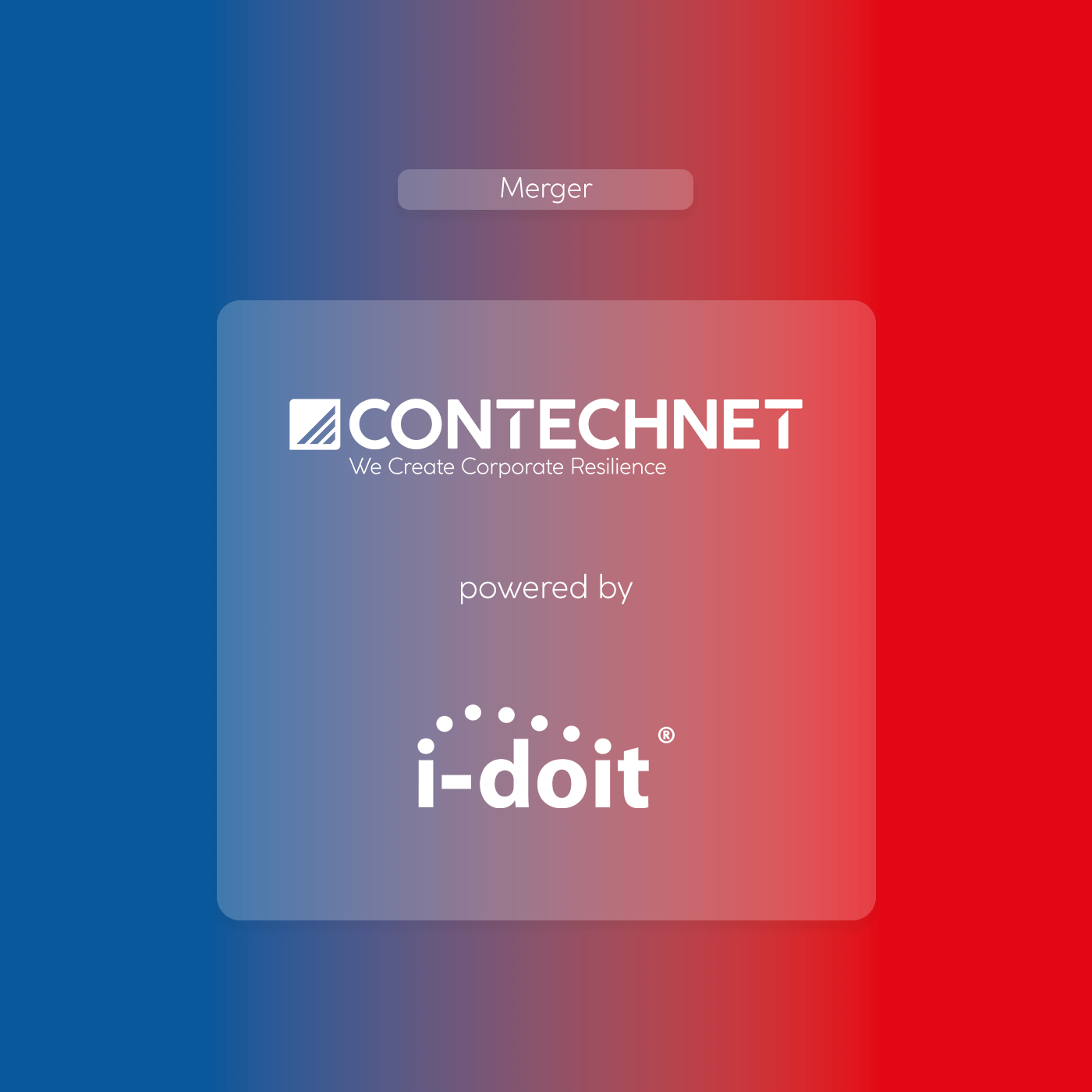How important is IT for your business? The answer is the same in most companies: you can no longer do without it. Your IT infrastructure is a core component for business processes. There are few processes that can do without IT. Simply put, the survival of your business depends on the smooth operation of IT. You are directly dependent on the availability of the systems.
The threat of cyberattacks and malware is increasing almost exponentially. Many companies are aware of these risks. They invest in extensive technical measures to minimise potential damage to an acceptable level. However, they cannot be ruled out.
Despite all the measures and technical facilities that have been taken, it is still possible for important IT components to suffer damage. They fail, are stolen or infected with malware.
When an emergency occurs, the available staff must react safely, quickly and competently. Only in this way can major damage be averted and failed systems and service quality be restored as quickly as possible. The basis for this are clear responsibilities, structures and processes. A concept for emergency preparation and management. Emergency management, and especially emergency preparation, pose the same challenges to companies in all sectors. Effective concepts can be developed and implemented by answering a few simple questions.
Use case for emergency manuals
As already described, the IT infrastructure is subject to various threats. This does not necessarily have to be a cyber attack or malware. Water damage, fire or faulty configuration can paralyse a system or parts of the infrastructure.
But a failure is a failure. For such impacts, define what needs to be done. If the telephone system fails because of a short circuit, hundreds of incoming calls go nowhere. The technical documentation of the system does not bring you any added value now. This is helpful when you put a replacement unit into operation. One option would be to frantically search for a suitable supplier for the device. However, you have taken precautions and cut short this process. In the emergency manual you will find a distributor or an alternative dealer, directly with contact person and telephone number.
While you have solved one problem through the emergency manual, another one arises. If you order a new telephone system, it will take a few days before it arrives. The mood of your customers does not improve in the meantime. Their calls continue to go nowhere. However, a look at the emergency manual solves this problem as well. Because there you have described in detail how the time until then can be bridged. For example, with information on how incoming calls are routed to the telephone system in another location. A detailed description of the procedures helps the IT staff, who are already stressed in this situation.
As you can see: It is always a matter of providing suitable information and targeted solutions for a wide range of emergencies. Operations must continue. And this until the systems are fully restored.
Important contents for emergency management
- Instructions for restoring the systems and processes
- Instructions for bridging until recovery
- Lists of suppliers, service providers and contacts
- Where can hardware, systems etc. be procured quickly and easily?
- Distributors
- Notification, escalation and reporting system
- What must be reported to whom and at what point?
- Responsible persons, emergency/crisis team
- Service providers to be informed, contractual partners
- technical documentation
- Hardware information
- Network configuration data
- Operating system (variant & version)
- Installed software and services
We will show you how i-doit can support you in the prevention and management of emergencies.
Getting emergency preparation and coping concepts ready
Of course, not every failure is a disaster. However, for a crisis of the magnitude described, two types of documents need to be kept:
- An asset manual for the documentation of the respective systems, assets and how they are restored.
- An emergency manual used for emergency prevention of the organisation or individual sites.
In i-doit, the i-doit pro add-on Documents provides you with a template for designing emergency and asset manuals. This gives you all the templates you need to design more effective emergency preparation.
An overview of when and for what you use which document is given in the following chapters.
Emergency manual
The emergency manual is part of the emergency management. It includes all information that can be used in an emergency to temporarily bridge and restore systems and processes. In addition, it regulates responsibilities, describes alarm and reporting channels, contains escalation levels and customer and supplier lists.
If a system that is absolutely necessary for critical business processes fails, this can have considerable consequences. Delays in operations, complaints from customers, loss of reputation or financial damage are often the result.
Many IT managers see the emergency manual as purely technical documentation of a system. A common mistake. An emergency manual contains all the information needed to restore or temporarily bridge impaired systems and business processes as quickly as possible.
The content of your emergency manual is up to you. However, stick to the principle: In an emergency, the manual must provide the best possible support for the staff deployed during recovery.
Import template for the emergency manual into i-doit
The basis for creating documents for emergency management is the i-doit pro add-on Documents. After the quick installation in the administration area, the templates "Emergency Manual" and "Asset Emergency Manual" are available in the online repositories.





